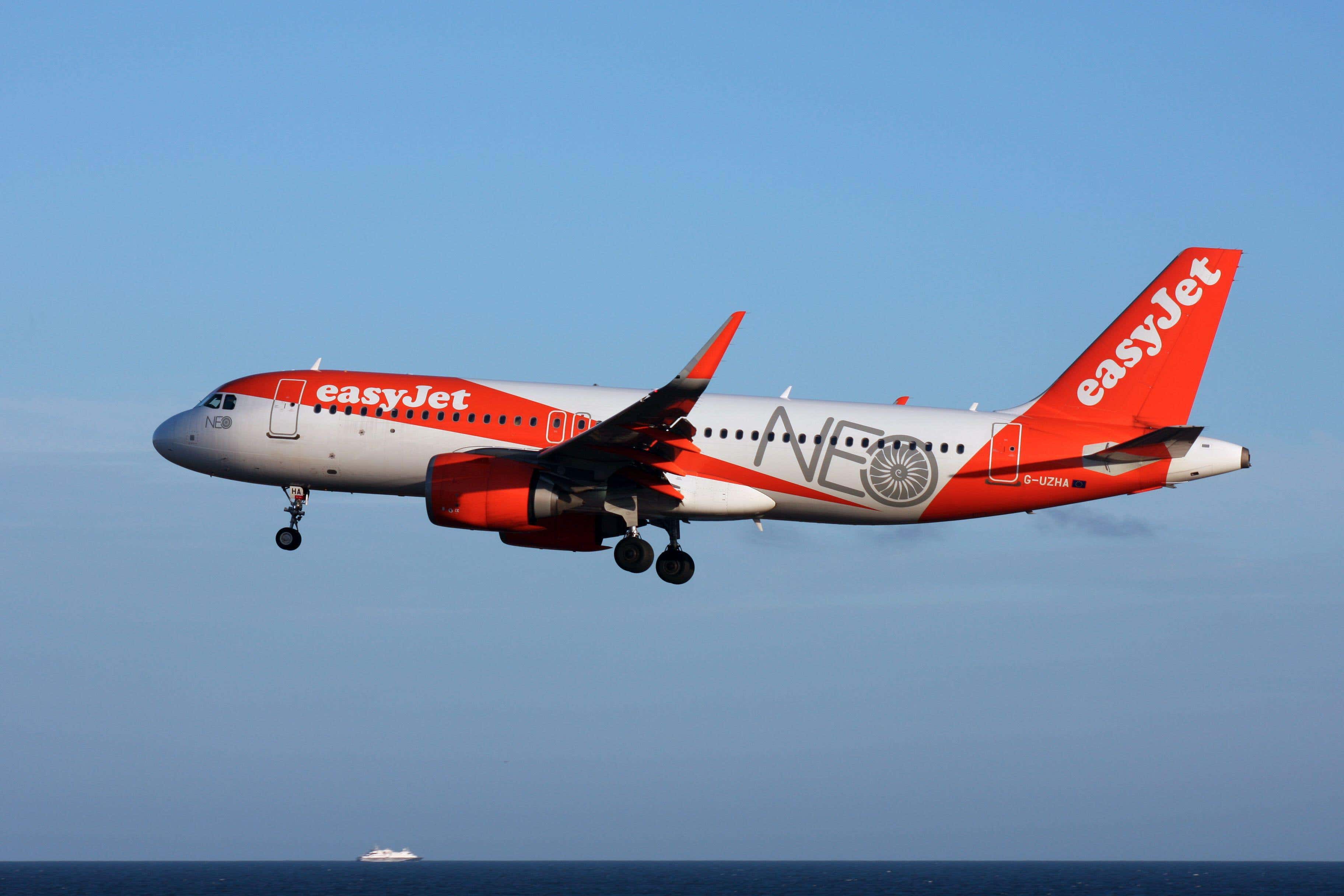Flight times could be cut as easyJet becomes first airline to use satellite technology to optimise fight paths
The European Space Agency said the Luton-based carrier will reduce fuel usage and flight times through its involvement in the ‘Iris programme’

EasyJet has become the first airline to use a new system aimed at optimising flight paths through satellite technology.
The European Space Agency (ESA) said the Luton-based carrier will reduce fuel usage and flight times through its involvement in the Iris programme. The system, developed in partnership with communications company Viasat, digitally connects pilots with air traffic controllers (ATC) via satellites.
This is designed to enable the creation of more efficient flight routes as satellites offer “secure, reliable and fast high-bandwidth links”, ESA said. Airlines traditionally use radio frequencies to communicate with ATC.
EasyJet is using the Iris system on routes such as between London Southend and Alicante, and between Birmingham and Amsterdam. It has fitted the Iris system to a single plane, but is planning to deploy the technology on 10 more aircraft over the coming months.
Hugh McConnellogue, director of operations and navigation at easyJet, said: “More efficient use of airspace is a critical way we can tackle the industry’s emissions right now.
“Adopting Iris technology on these aircraft will enable easyJet to fly more directly and efficiently, thereby reducing carbon emissions as well as enhancing our on-time performance – which in turn improves our customers’ experiences.
We are thrilled to see Iris flying with a leading airline such as easyJet, a crucial step on our pathway to reducing emissions and easing congestion in European skies
We are thrilled to see Iris flying with a leading airline such as easyJet, a crucial step on our pathway to reducing emissions and easing congestion in European skies
“We’re thrilled to be paving the way in this area whilst working towards our goal to achieve our net-zero ambitions by 2050, as outlined in our roadmap.”
ESA said it has funded Iris in support of the Single European Skies, a long-running initiative aimed at improving airspace management.
Javier Benedicto, the agency’s acting director of connectivity and secure communications said: “These first Iris commercial flights put Europe firmly at the forefront of the digitalisation and modernisation of air traffic management.
“Iris enables tangible benefits to the commercial aviation community and society at large, including reduced emissions of carbon dioxide and fewer delays for passengers through more efficient flight paths.”
Joel Klooster, senior vice president for flight safety and advanced air mobility at Viasat said: “We are thrilled to see Iris flying with a leading airline such as easyJet, a crucial step on our pathway to reducing emissions and easing congestion in European skies.
“We want to thank all the partners who played a part in achieving this long-term goal, and we look forward to seeing the results of these first commercial flights.
“Even more than that, we look ahead to the industry reaping the rewards of this innovation well into the future – and to passengers and airlines alike benefitting immensely.”
Join our commenting forum
Join thought-provoking conversations, follow other Independent readers and see their replies
0Comments